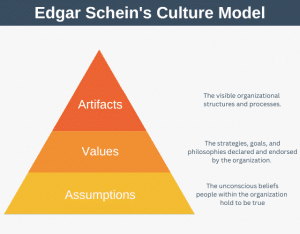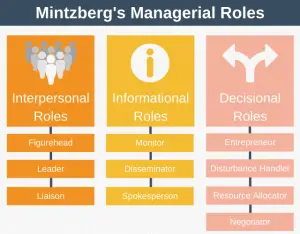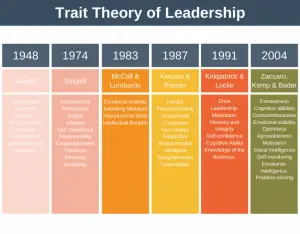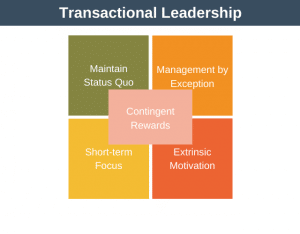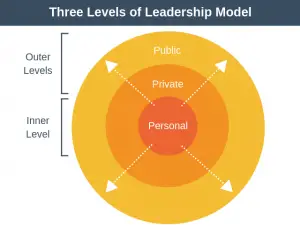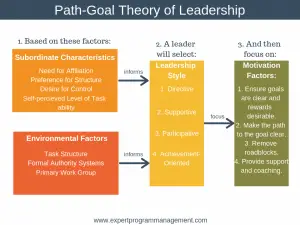Span of Control is very simply the number of subordinates that report to a manager. In the span of control example below we could say that the IT Manager has a span of control of 3, as they have 3 subordinates reporting to them.

All organizations have layers. The number of layers an organization has will depend on the size of the organization and also the span of control of the average manager within that organization.
If managers within an organization typically have many reports then the organization chart will be flatter and wider. In this scenario, there will be fewer management positions relative to the number of total employees. Conversely, if managers within an organization have a smaller span of control this will create an organizational chart that is narrower and taller. In this scenario, there will be more management positions relative to the number of total employees. This is illustrated in the following diagram highlighting the difference between tall and flat organizations.

Each individual manager will also have two dimensions to the team they manage:
- Horizontal dimension: this refers to the number of employees a manager has directly reporting to them.
- Vertical dimension: this refers to the number of employees that are indirectly managed by the manager, that is, the depth of the organizational chart underneath a particular manager. This vertical dimension is often referred to as a manager’s depth of control.
The Ideal Span of Control
Sometimes an organization will define its ideal span of control. This is the number of direct reports that managers within the organization should ideally have. If a manager has less than the ideal number then the organization may consider that the manager is not being exploited to the best of their ability.
There is no right or wrong answer as to whether a large or small span should be used within an organization. It will depend on doing what best suits the organization in question, and there are advantages and disadvantages to each. Here are some factors both managers and organizations should consider:
- The experience and people skills of the manager in question.
- The skill level of employees. Highly skilled and qualified professional employees often prefer to operate within a large span of control, whilst less-skilled employees often prefer closer supervision.
- The type of organization in question. If managers are required to closely supervise their subordinates then a smaller span of control may be more appropriate.
- The organizational culture. Organizations with an autocratic leadership style and highly supervised employees will be more suited to a smaller span of control, whereas those with a democratic leadership style where employees have lots of autonomy will be more suited to a wide span of control.
Advantages of a Large Span of Control
In describing the advantages of a large span of control, we essentially need to describe the advantages of a shallow or flat organizational structure:
- Faster Decision Making: with fewer layers within the organization decisions can be made more quickly.
- Lower Costs: relative to organizations with a small span of control because fewer managers are needed relative to the number of employees.
- Improved Communications: between managers and employees, with employees more likely to be able to interact with senior managers, and managers more likely to understand the issues at the coalface of the organization.
- More Freedom: typically employees will feel freer and less under a microscope than when the span is smaller.
Disadvantages of a Large Span of Control
Here, we essentially need to describe the disadvantages of a flat organizational structure:
- Fewer Opportunities for Employees: with fewer layers within the organization there is less opportunity for employees to be promoted.
- Poor Discipline: with so much autonomy given to employees these organizations can suffer from poor discipline.
- Poor Relationships: with so many employees to manage it may be difficult for the manager to form a strong and close relationship with each of their subordinates.
- Poor performance: with so little supervision of employees’ performance, the overall performance of the organization may be poor.
Advantages of a Small Span of Control
In describing the advantages of a small span of control, we essentially need to describe the advantages of a tall organizational structure:
- Easy Access to Superior: the subordinate can quickly and easily speak to their superior whenever they need. This can create the sense for the employee that communication is actually better than with a wider span of control.
- Better Opportunities: for employees to get promoted.
- Closer supervision: and greater attention to the needs of the employee from the manager.
- Less Skill Required: than if a manager is trying to control a much larger group of direct reports, each with more autonomy.
Disadvantages of a Small Span of Control
Here, we essentially need to describe the disadvantages of a tall organizational structure:
- Motivation: employees can feel under constant and close supervision which can be demotivating.
- Slower Decision Making: the increased layers within the organization can make decision-making slower.
- Decreased Communication: with more layers communication will be not only slower, but it will be much more difficult for senior management to understand the issues being faced at the coalface of the organization.
Span of Control and Virtual Teams
A virtual team (also known as a Geographically Dispersed Team (GDT)) is one where team members are located offsite, and work either individually or as part of a small team. Technology is used to keep team members connected and on the same page. The rise of virtual teams causes us to take another look at our understanding of span of control.
Here, information defines the rules subordinates must obey, but they can be completely autonomous within these rules. This rule-based approach provides the potential for really large spans of control. This trend towards an increasing number of direct reports mirrors the trend that has been in place over the last 100 years, whereby in the early 20th century spans of control were small but by the late 20th century they were much wider, resulting in much flatter organizations.
Summary
Span of Control is very simply defined as the number of subordinates a manager within an organization has reporting to him or her. Within an organization, taller organizational structures are relatively more expensive than flatter and wider organizational structures due to the increased number of managers required. However, a smaller span of control gives much more control over the work of subordinates.
Ultimately, there is no right or wrong span of control, and it is up to each organization to find the right balance for itself based on a number of factors.

